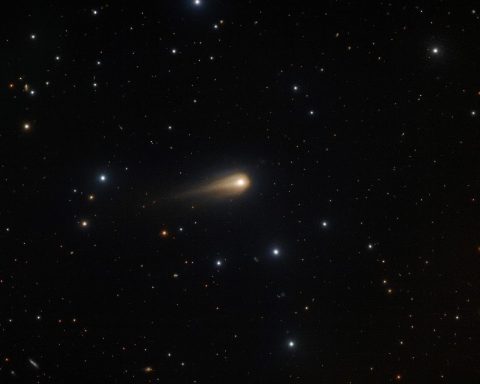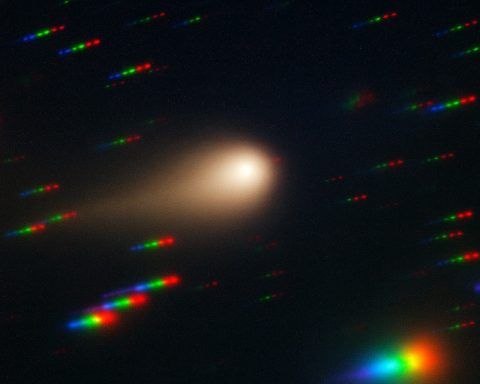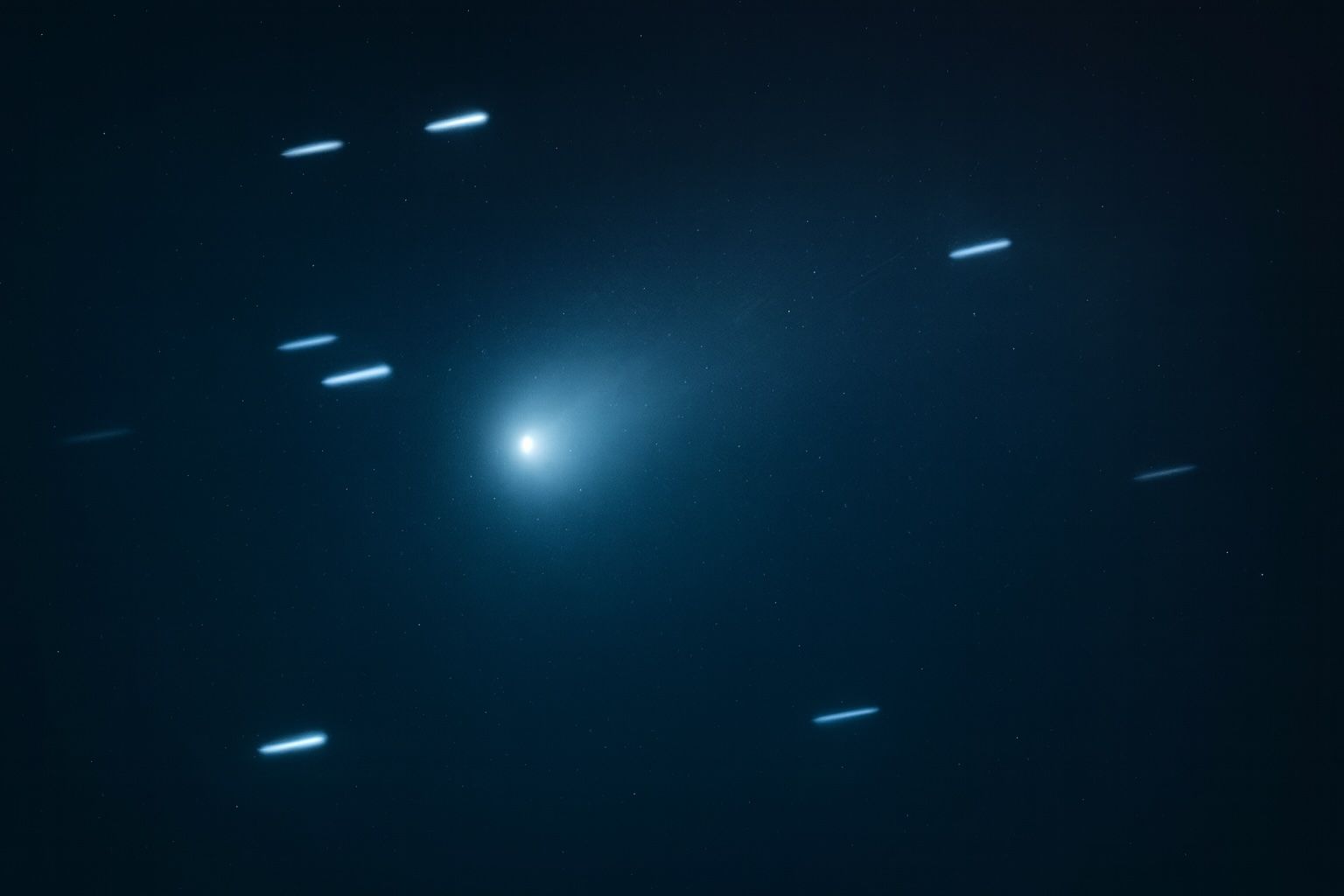
NASA’s Interstellar Comet 3I/ATLAS: New Images, Life’s Ingredients and What Comes Next After the December Flyby
As of December 10, 2025, NASA and partner observatories are racing to squeeze every last photon out of interstellar comet 3I/ATLAS — a green-glowing, ice‑volcano‑blasting visitor loaded with the chemical “ingredients for life.” Here’s the latest on what we’ve learned





